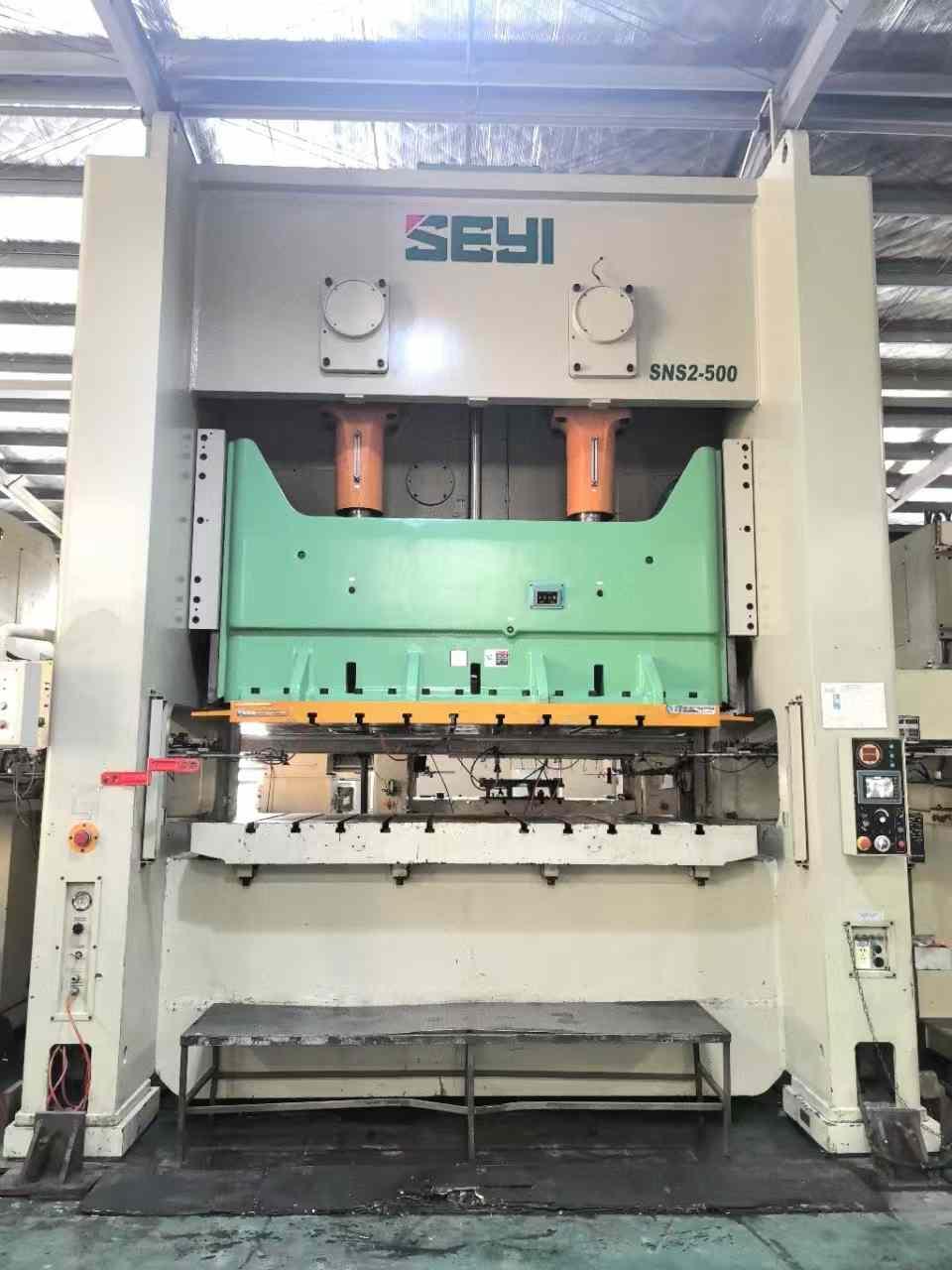How to evaluate the quality of second-hand punching machines?
The quality of second-hand punching machines can be evaluated from the following aspects:
Appearance inspection: Check the overall appearance of the punch press, including whether there are obvious deformations, cracks, rust, and other conditions on the body. If there are serious appearance issues, it may indicate that the device has been affected by improper use or harsh environments, which in turn affects its internal structure and performance.
Accuracy testing: For punch presses, accuracy is crucial. Professional testing tools such as dial indicators can be used to detect key accuracy indicators such as the accuracy of the slide stroke, the flatness of the worktable, and the perpendicularity between the slide and worktable of the punch press. Punching machines with substandard accuracy may lead to dimensional deviations and quality issues in the processed parts.
Run test: Conduct air load test and load test when conditions permit. Observe whether the various parameters of the punch press during operation, such as slider movement speed, punching force, noise, vibration, etc., are normal. Abnormal noise and vibration may indicate potential internal faults in the equipment.
Check the wear condition of components: Focus on inspecting the wear degree of key components of the punch press, such as sliders, guide rails, crankshafts, connecting rods, etc. Overly worn components can reduce the performance and service life of the punch press, increase maintenance costs and downtime.
Electrical system inspection: Check the electrical control system of the punch press, including motors, control cabinets, button switches, sensors, etc. Ensure that electrical components are intact, wiring connections are secure, the control system operates stably, and there are no fault alarm signals.
Understand equipment maintenance records: Request maintenance records of the punching machine from the seller to understand their past maintenance situation, including regular maintenance time, replaced parts, and other information. Good maintenance records help to assess the usage status and potential issues of equipment.



